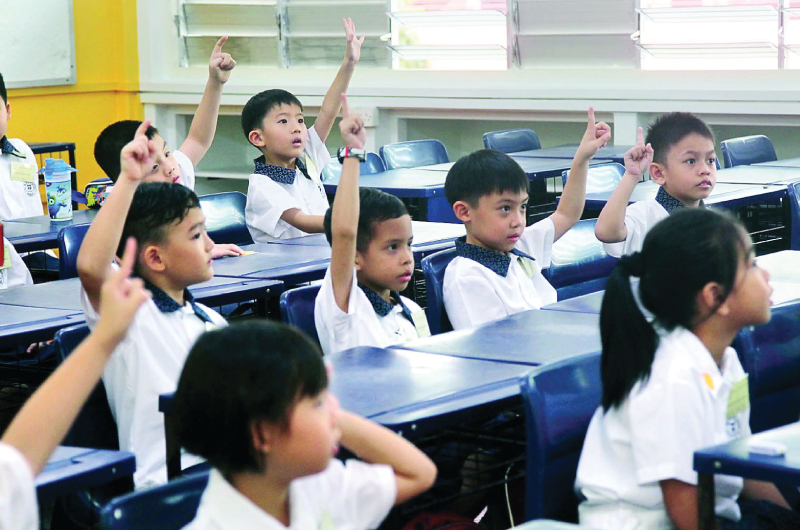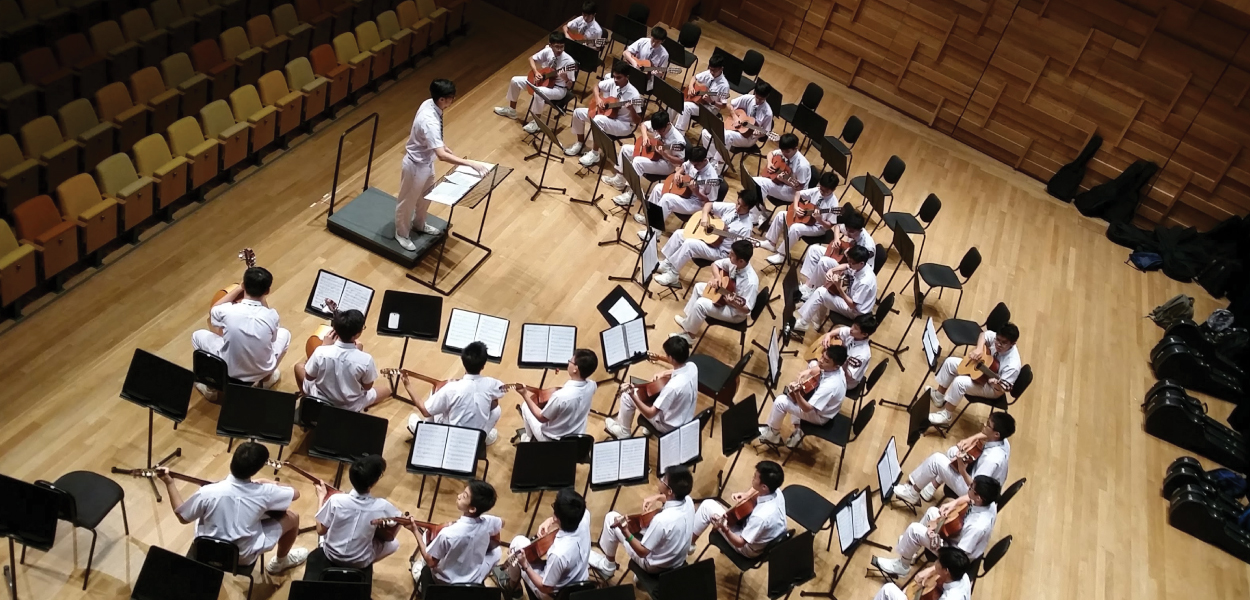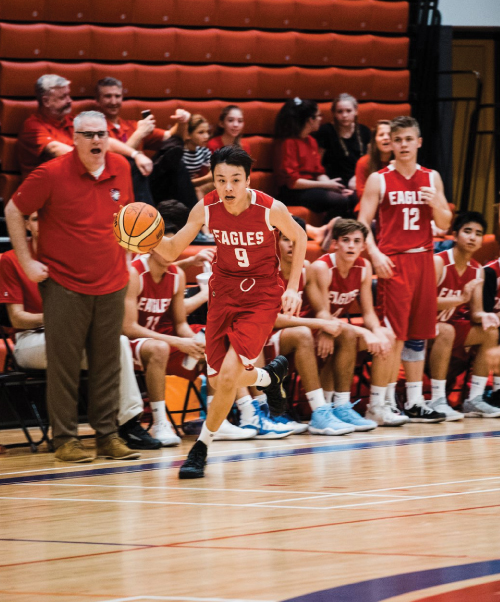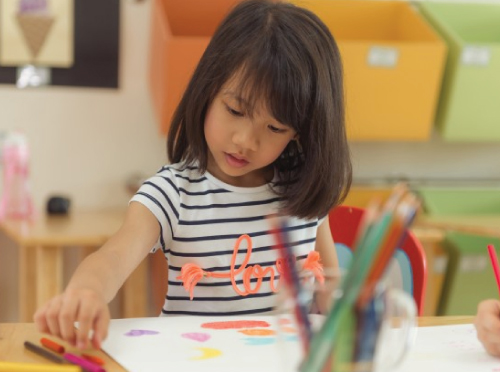Be it arts, sports-related or more, it is a young mind's hopes and dreams. Once upon a time, it seemed that for parents and kids alike, the main conceivable option after PSLE was premium further education in an elite school.

A Normal, Arts and Sports-Based Education – What Are the Differences?
“Every child has a passion, an interest, a love for something.“
To pursue a career in the arts or sports would be to invite tough times, future unemployment, and no place in society. These cynical labels attached to such careers discouraged others from following suit. It is safe to say that the stigma or fear of doing that still exists today.
However, what is different today is that our future generation has greater freedom to choose what they love, what inspires, and what motivates them.
Yes, it is not completely so, but they have fewer boundaries, limitations, and fear of social norms. Children can opt to go into an art school or sports school, whichever fulfills their pursuit of passion.
Singapore is gradually opening its doors to the prospect of different paths for different talents and skills. The arts and sports scene in Singapore are slowly evolving and shifting.

Both artistically and sports-inclined students are given greater opportunities to shine. The Government has gone all-out in its arts-sector funding, more so than those in many other countries. It recognizes the long journey ahead to support the local arts sector in reaching new heights.
From 2014 to 2018, the Ministry put forth a funding scheme, part of which aimed to develop local artists and institutions. Late last year, they also launched the “Our SG Arts Plan”, mapping out the various areas of focus for the local literary, performing, and visual arts divisions, spanning between 2018 to 2022.
This plan aims to give arts professionals improved support and boost the accessibility of the arts for everyone. Since its debut, record-breaking figures relating to the performing arts activities have occurred, signaling a positive start.
The enrolment figures for Singapore’s local art institutions have also steadily risen, proving that there is demand for an arts-focused education here.

A sports-based education teaches teamwork, problem-solving skills, offers physical health benefits, and goes out of the classroom to engage and educate students.
Both curriculum types promote self-esteem and confidence, relieve academic pressures, and in turn, transfer determination and goal-setting abilities to the classroom.
Even in pre-schools, they are beginning to see the importance of developing children’s interests and likes from a young.
This is in line with the nationwide movement of fostering lifelong learning.
Huge technological advances over the years have also contributed to the booming arts scene. For example, the Internet and social media have helped many local artists expand their reach to the rest of the world.
In a similar fashion, sports funding has also climbed yearly. Early last year, the Government injected huge funds into a local sports system and grants for the national sporting fund. The much-lauded wins of local athletes have also further boosted the confidence and determination of the younger generation in the sense that they can find a sustainable future in sports.

In today’s generation, it also helps parents are more open and supportive of their children’s aspirations and passion for the arts and sports. This is a noticeable contrast to those of a decade ago.
As you can imagine, a regular school has its own perks, as is with the art and sports school. The former will prepare the students to excel academically for a better headstart. But perhaps with the latter, they offer greater exposure and direction to the young, instilling within them a different set of thinking to last them through life.
There are various benefits associated with these different paths.
An arts-based education allows students to build critical thinking and inculcates creative expression. It also promotes self-development, leadership qualities and enriches other academic subjects.
They are influenced to seek out their passion, develop and plan what they want to achieve it. They expand these young minds and their line of sight, beyond what is usually taught in a normal school.












